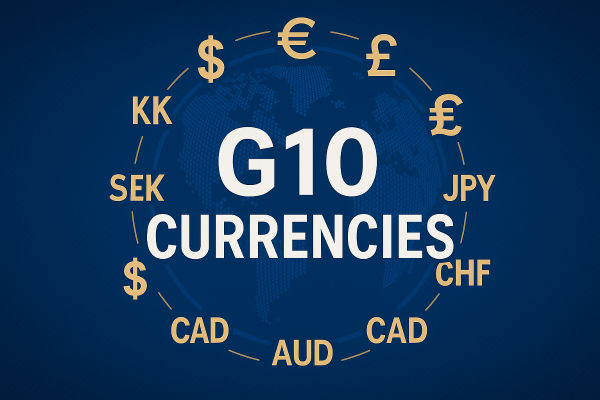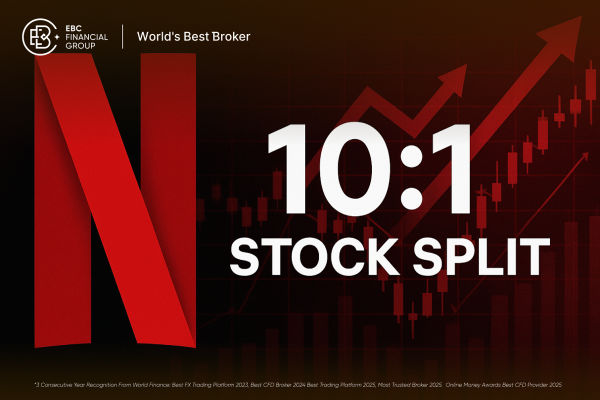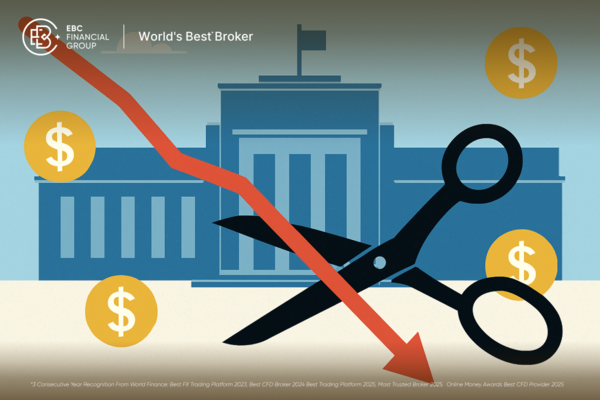The onshore and offshore exchange rates are two different exchange rate
trading markets. They are usually used to distinguish the location and method of
domestic and foreign exchange transactions. The onshore exchange rate refers to
foreign exchange transactions conducted within the domestic territory, while the
offshore exchange rate refers to foreign exchange transactions conducted outside
the country.

The onshore exchange rate market refers to the formal financial institutions
and markets in China where foreign exchange transactions are conducted. For
example, commercial banks, Securities companies, and foreign exchange exchanges
are important participants in the onshore exchange rate market. These
institutions and markets are usually regulated by domestic laws, regulations,
and regulatory agencies, and the formation and trading of exchange rates are
also subject to corresponding rules and restrictions. The onshore exchange rate
is usually relatively stable and predictable due to the large number of trading
participants and high trading volume, and it is also subject to official
intervention and management.
The offshore exchange rate market refers to foreign exchange transactions
conducted in foreign financial centers or offshore locations. For example,
international financial centers such as Hong Kong, Singapore, and London are
typical representatives of offshore exchange rate markets. These markets are
usually free markets without too much regulation or restrictions. The offshore
exchange rate is usually determined by the market supply and demand relationship
and is influenced by the trading behavior and market sentiment of market
participants. In the offshore market, foreign exchange trading is usually
conducted in a more free, flexible, and diversified manner, with trading
participants including banks, investment funds, multinational corporations, and
individual investors. Offshore exchange rates are usually greatly influenced by
market supply and demand and changes in international financial markets,
resulting in high volatility and potentially high trading volume.
For example, suppose the onshore exchange rate is 6.4 RMB to 1 US dollar,
while the offshore exchange rate is 6.5 RMB to 1 US dollar. If you need to
purchase US dollars, individuals and companies opening bank accounts in mainland
China will use the onshore exchange rate for exchange, while individuals and
companies in offshore markets such as Hong Kong will use the offshore exchange
rate for exchange.
The existence of offshore exchange rate markets is mainly to meet the needs
of cross-border capital flows and international trade. It provides a more
flexible foreign exchange trading environment while also providing investors
with more trading opportunities and choices. In addition, the offshore market
can also provide convenience for cross-border fund management and risk
management, as funds can more easily flow into and out of offshore accounts. The
openness and innovation of the offshore exchange rate market have, to some
extent, promoted the development and internationalization of the international
financial market.
Offshore markets are usually established by international financial centers
such as London, New York, Hong Kong, etc., which have high liquidity and trading
volume. Foreign exchange transactions in the offshore market are usually
conducted through the exchange of foreign currencies, such as the exchange of
Chinese yuan to US dollars or the exchange of euros to Japanese yen. The
exchange rates on the offshore market are usually more competitive than those on
the onshore market, as they are influenced by more market participants and
trading platforms.
The difference between onshore and offshore exchange rates can lead to
arbitrage opportunities and capital flows, as traders can leverage these
differences to profit. However, with the globalization of financial markets and
the development of information technology, the difference between onshore and
offshore exchange rates is gradually decreasing, and the degree of market
integration is also constantly improving.






















